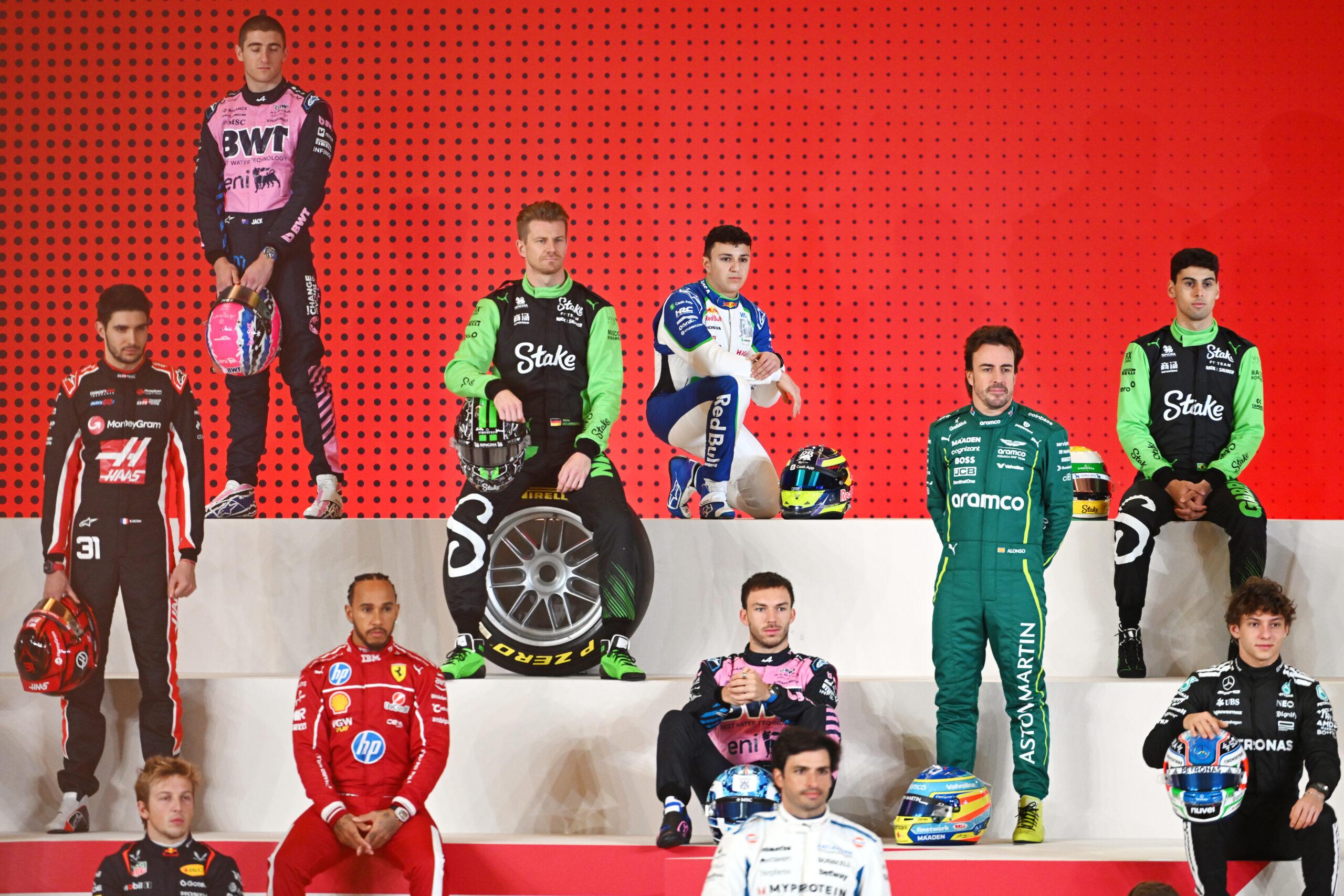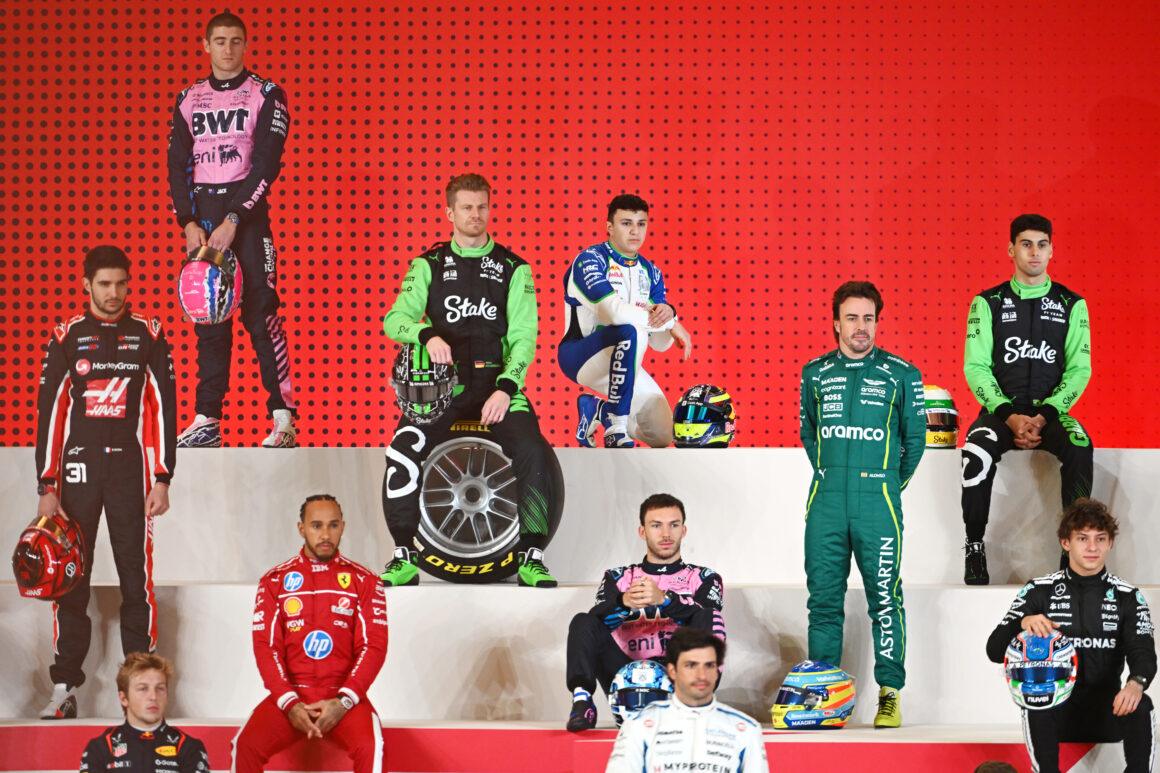Sidepods aren’t bodywork. They’re power multipliers. Born in the late 1960s, they turned essential in the 1970s when aerodynamics shoved cooling systems out of the way and onto the airflow chessboard. Today they house radiators, ERS batteries and coolers, engine and gearbox cooling — and they shape the air feeding the beast underneath. Ignore them and you’ll get reduced to expensive spectators.
Modern teams pack the internals like Tetris on expert mode so the outside can slice air cleanly. That means tight collaboration between aero, mechanical, and power unit departments. Translation: you can’t bolt on someone else’s miracle sidepod. It has to match the car’s entire flow philosophy or it’ll drive like a shopping cart with a wonky wheel.
Why 2022 Changed the Game
The 2022 rules outlaws bargeboards and most gizmos around the mid-body. Goodbye outwash farms. Hello, ground effect. With Venturi tunnels dictating the main downforce, teams pushed upper-body aero to support the floor instead of stealing the show. That shoved the sidepods into the spotlight. Dramatically.
Without bargeboards to clean up front wheel wake, engineers used sidepod shapes to control airflow to the floor edges and diffuser. The objective? Keep energetic air feeding the tunnels and seal the edges with clever vortices. No skirts allowed, so the sidepod-floor boundary now fakes the seal with velocity and vortex wizardry. File this under: elegant aggression.
Design Concepts: Three Philosophies, One War
Not all sidepods aim at the same prize. Ferrari, Red Bull, and Mercedes took wildly different shots. Each was a statement about where their car creates its lap time. Downwash? Topflow? Minimal drag? Pick your fighter. Just remember: you can’t copy-paste these. The front wing, floor edges, diffuser, and cooling layout must sing the same song.
The weather? It’s just the heckler. Crosswinds and hot tracks can expose a concept’s limits. When air density dips, some pods cry. Others grin. The wind played favorites more than once — and it wasn’t subtle.
Ferrari: High-Flow Authority
Ferrari carved the upper body like a canyon, channeling airflow toward the rear wing and beam wing instead of forcing a hard downwash over the floor. Think top-side management, not brute sealing. The intake reverted to a slim triangular profile to free the spine of the car and feed clean air aft. Classic control. Minimal fuss.
The sides stayed fairly square rather than pinched low, prioritizing drag reduction and keeping streams separated. That suggests confidence in floor-generated downforce. If the floor delivers, this concept hums. If it doesn’t, well, collecting disappointments like they’re Pokemon cards becomes a risk.
Red Bull: Downwash Dictatorship
Red Bull went hard on crafted inlets and deep undercuts that shove air over the floor and into the diffuser and rear wing ecosystem. The upper sidepod slopes toward the rear, with the flanks gently spilling outward — a contour that nurtures controlled downwash and consistent floor feed. Smooth. Relentless. Newey-coded.
Their philosophy maximizes floor authority while stabilizing flow paths under yaw and ride changes. It’s the ol’ Verstappen divebomb special of aero concepts — warranty void where prohibited. Lights out and away we… oh wait, Red Bull already won.
Mercedes: Zero-Pod Gambit
Mercedes tried to ghost the sidepods. Extreme packaging shrunk the lateral volume to free a massive air channel to the floor. The crash structure became a downwash-generating winglet, the inlet geometry flipped conventions, and drag got hunted like it owed them money. Ambitious? Absolutely. Fragile? Sometimes.
On paper, the pressure delta between top flow and the tunnels should boom. On track, porpoising and setup windows pushed back. When it worked, it looked genius. When it didn’t, it was another masterclass in how NOT to chase correlation.
Sidepods’ Job Description: Air Traffic Control
Sidepods decide where the air goes and how hard it works. They guide streams around the front-wheel wake, energize the floor edges, and feed the diffuser and beam wing. They also keep the power unit breathing without cooking the reliability. Bake too hot and you’re slow. Cool too much and you’re draggy. Precision or bust.
Since skirts are banned, the side edges and pod contours create vortices that act like invisible walls. Get those vortex generators wrong and your underfloor seal leaks like a cheap tent. Get them right and the car feels planted even when the wind plays villain. Somewhere, a CFD server just sighed in relief.
Packaging: The Hidden Lap Time
The outside only works if the inside fits. Teams cram radiators, ERS batteries, oil and hydraulic coolers into shapes that enable external magic. That’s why copying sidepods is a fool’s errand; your internals dictate your outer freedom. A millimeter here. A duct there. That’s lap time.
Cooling inlet shapes balance pressure recovery and blockage. Too small and you overheat. Too big and you drag. Some teams moved to wide-bottom, narrow-top inlets to align with flow structures at the floor edge. Others stayed conventional but optimized exit louvres. All of it is trade-offs with a stopwatch as judge.
Performance Reality Check
Which concept is “best”? The one that fits the car’s whole opera. Correlation across CFD, wind tunnel, and track is king. If your data lies, your porpoising returns with a sequel nobody paid to see. Solve the bouncing, and the platform stabilizes. Fail, and setup becomes whack-a-mole.
Development windows matter. Some designs unlock easy upgrades. Others plateau. And copying mid-season? Unlikely. The aero architectures diverge too far — especially with front wing philosophies steering the entire flowfield. Choose a lane and commit. Or get run over.
Concept Comparison: Strengths and Risks
- High-Flow (Ferrari-like): Cleaner rear flow, lower drag, depends on strong floor sealing and diffuser authority.
- Downwash (Red Bull-like): Brutal floor feed, stable wake management, more sensitive to ride height but rewards control.
- Minimal Sidepod (Mercedes-like): Drag win potential, huge top-flow to floor delta, narrow setup window, correlation-sensitive.
Weather: The Unpaid Strategist
Heat turns cooling margins into panic. The track temp hits levels that make Hell consider air conditioning, and suddenly your slim inlets look like career-limiting decisions. The wind? It played favorites, tearing delicate vortices apart like receipts after a bad date. Cloud cover drops temps and hands grip back. Vibes improve instantly.
Rain shows up like that friend who always causes drama. Water kills vortex strength and exposes who relies on razor-thin seals. Some concepts shrug. Others spin. Grab your popcorn — chaos pays dividends.
Signature Moves and Setup Synergy
Drivers cash the checks sidepods write. Late-braking artists thrive when the floor keeps load stable on entry. Classic Alonso late-braking — the move that’s sent more drivers wide than a bad GPS — demands a platform that doesn’t pitch into aero stall. That’s sidepod-floor harmony in action.
When it’s hammer time, you need transient aero that doesn’t collapse mid-corner. That’s where sidepod contouring and floor edges keep the underbody humming through yaw. Get that right and your long-run pace makes rivals question their career choices.
What’s Next: Iteration Nation
Expect relentless updates. Cooling inlets will morph. Upper surfaces will get sharper, then softer, then sharper again. Floor edges will dance with pod shoulders as teams chase the perfect vortex orchestra. Modern sidepod designs should be constantly tested. Shocking? No. Necessary.
If a philosophy proves clearly superior, the grid will converge — slowly. But the packaging constraints mean nobody clones anything wholesale. The plot thickens like a team’s excuse list when upgrades miss. Somewhere, a PR manager just had a minor stroke.
Bottom Line
Sidepods are the car’s middle managers with rockstar impact. They route power, tame chaos, and feed the floor. Get them right and the competition becomes expensive spectators. Get them wrong and, well, file it under: Yikes.
You want performance? Pick a concept, nail the packaging, and make the vortices dance. Everyone else can go back to karting school.

